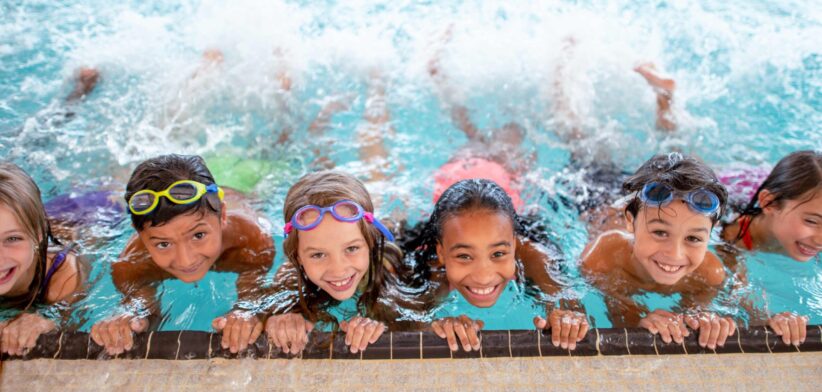Almost half of Australian children are leaving primary school without the minimum level of water safety skills.
Royal Life Saving Australia Chief Executive Officer Justin Scarr said the latest National Drowning Report revealed the risk of drowning had increased tenfold for young people aged between 10 and 20 because of a decline in swimming, water safety and lifesaving skills in the early years.
Mr Scarr said more than 40 percent of all children were now leaving primary school without having achieved national benchmarks for swimming and water safety education for 12-year-olds.
He said the increased drowning rate in teenagers was a worrying trend, clearly linked to gaps in education.
“Many children are now missing out on lessons, receiving too few lessons or dropping out of swim programs altogether, particularly between the ages of 8 and 10.
“For too many years, too many children have not been able to swim 50 metres and float for more than 2 minutes. This is now having far reaching consequences.”
Mr Scarr said the new research showed the effects of insufficient swimming and water safety skills could be severe, ranging from an increased risk of drowning to a lack of confidence when participating in water-based activities, particularly as children moved into their teenage years and early adulthood.
“Many young adults are quite simply being left unprepared for the dangers they may encounter in and around the water as they grow older.”
He said parents and carers played a critical role in their children’s swimming and water safety education.
“We strongly recommend they enrol them in lessons or a program such as Swim and Survive, that adheres to the National Swimming and Water Safety Framework and assesses progress against the National Benchmarks.”








